Oil painting is a revered art form known for its rich textures and vibrant colors. It has been the medium of choice for many renowned artists throughout history. For beginners, oil painting can seem daunting, but with the right techniques and understanding, it can be an incredibly rewarding experience. This article offers essential tips and tricks for those starting their journey with oil paints, covering everything from choosing the right materials to mastering the basics of color blending and layering.
Getting Started with the Right Materials
Before you dive into oil painting, it’s crucial to have the right set of tools and materials. Selecting quality supplies can make learning the process smoother and more enjoyable.
Choosing Your Paints and Brushes
Start with a basic palette of oil colors, including the primary colors (red, yellow, blue), black, and white. Over time, you can expand your palette with additional hues. When it comes to brushes, invest in a variety of shapes and sizes suitable for oil paint, such as flat, round, and filbert brushes. Synthetic brushes are a good starting point, though more experienced artists may prefer natural bristles.
Prepping Your Workspace and Canvases
Oil painting can be messy, so cover your workspace with newspapers or a drop cloth. Pre-stretched canvases or canvas boards are ideal surfaces for oil paints material. You can also prepare your own canvases by applying a coat of gesso, which creates a smooth surface and prevents the oil from soaking into the fabric.
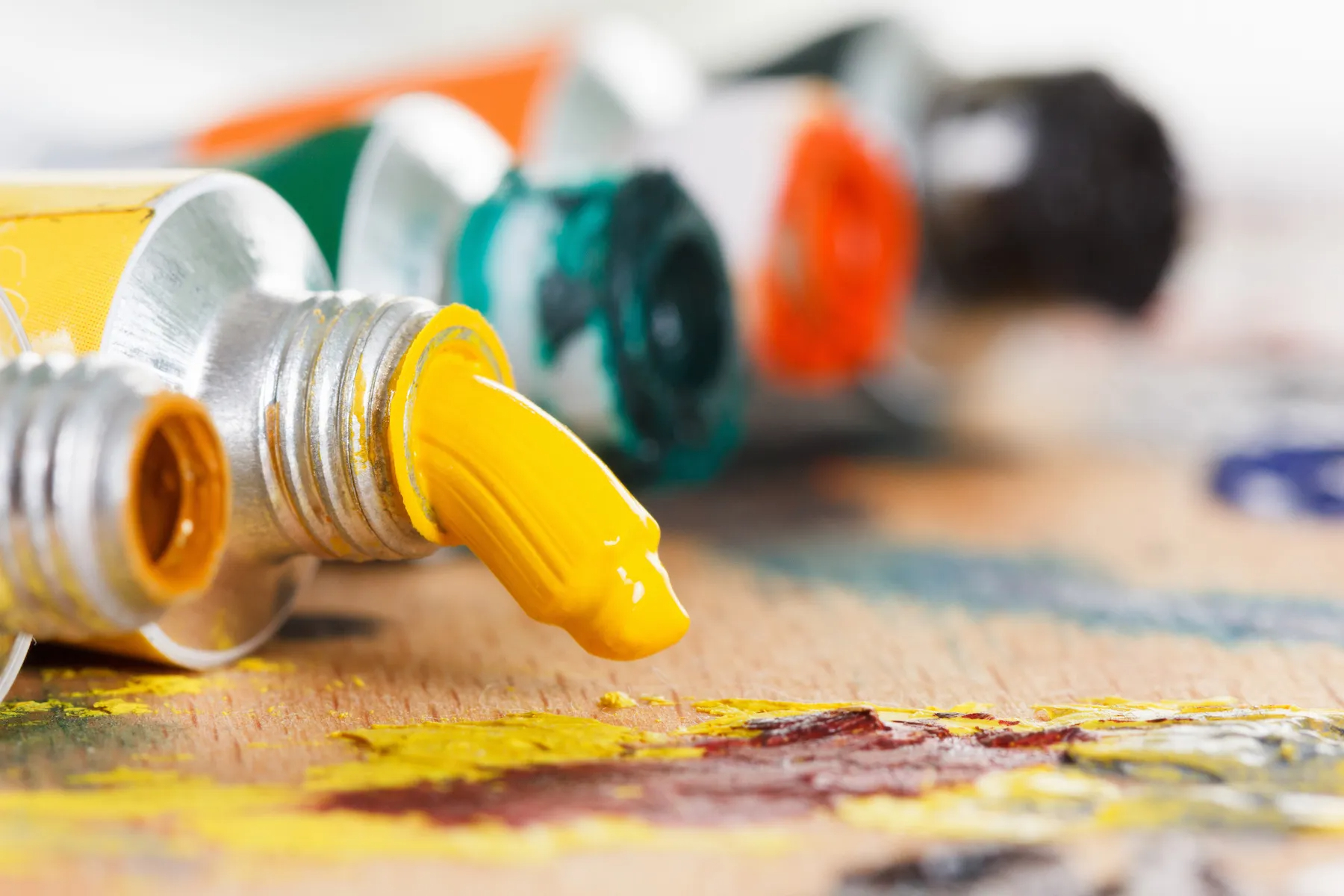
Mastering Basic Oil Painting Techniques
Understanding and practicing basic painting techniques will give you a solid foundation to build upon. Experimentation is key, as it allows you to discover your unique style and preferences.
Working with Mediums and Solvents
Oil paints can be thick and may require thinning with mediums or solvents like linseed oil or turpentine. These substances can also modify the paint’s drying time and sheen. Start with a small amount and increase as needed to achieve your desired consistency.
Blending Colors and Creating Texture
Oil paints blend beautifully due to their slow drying time. Practice mixing colors on your palette and applying them to your canvas to see how they interact. Use palette knives or different brushwork techniques to create textures that bring your painting to life.
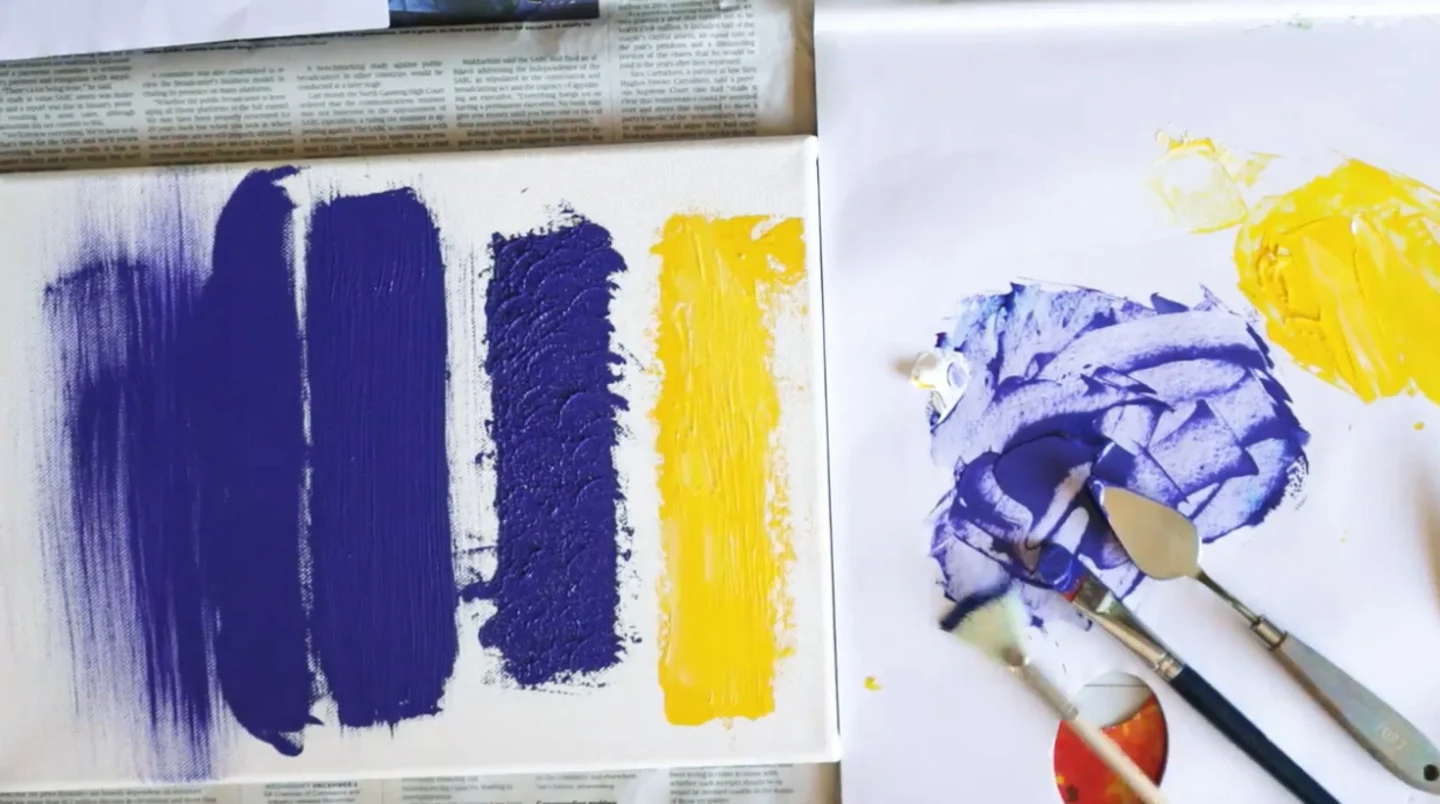
Understanding Color and Composition
A strong painting often relies on effective use of color and composition. Learning the basics of these elements will help you create visually appealing and balanced works of art.
The Role of Color Theory
Familiarize yourself with color theory to understand how different colors interact and influence each other. This knowledge will help you create depth, harmony, and contrast in your paintings. Remember to keep a color wheel handy as a reference for mixing colors and creating palettes.
Crafting Your Composition
Plan your composition carefully, considering factors like the rule of thirds, focal points, and leading lines. Sketching your ideas with a pencil on the canvas before painting can serve as a helpful guide. Don’t be afraid to adjust your composition as you work; sometimes the best results come from spontaneity and change.
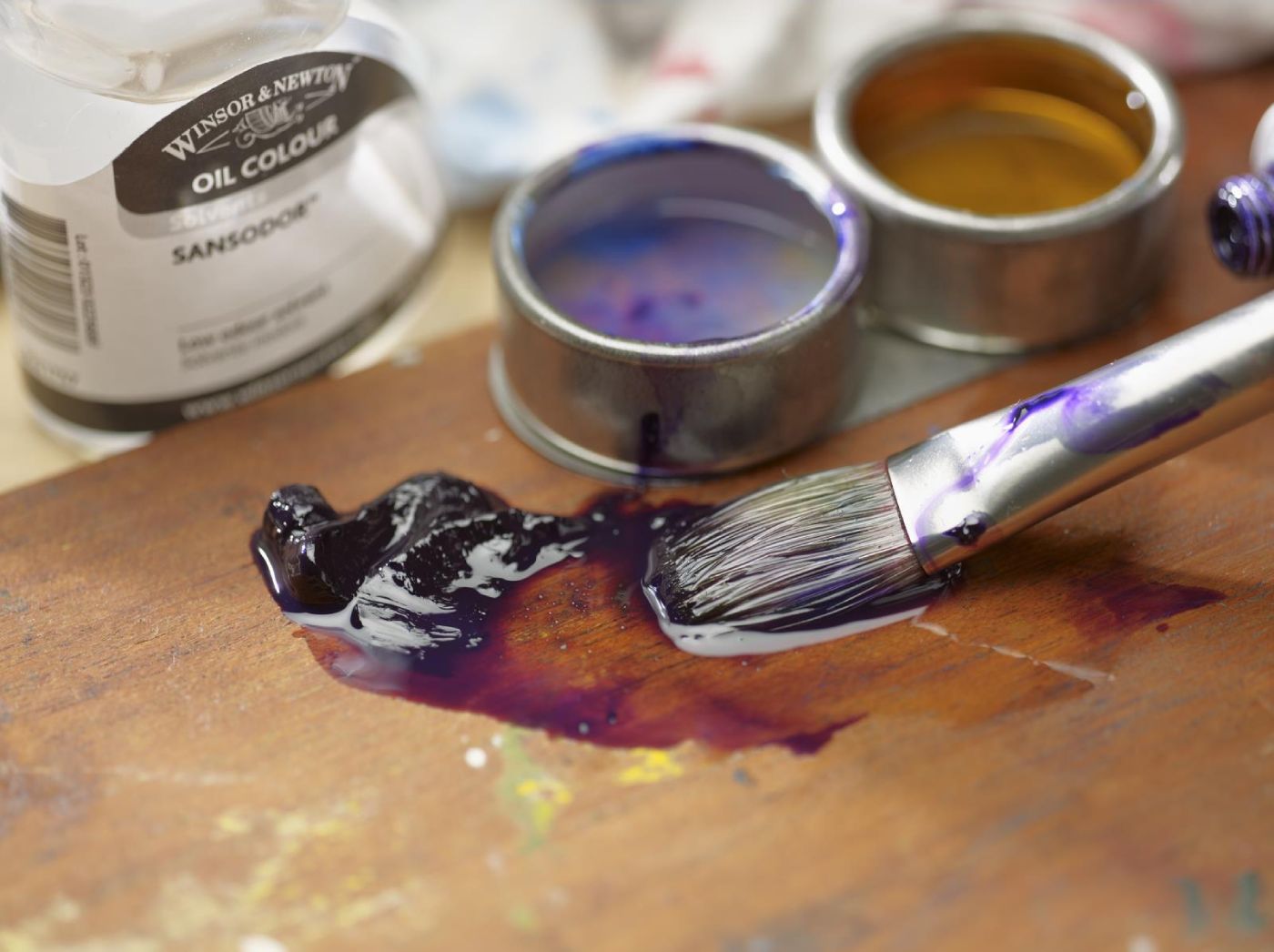
Cleaning Up and Caring for Your Materials
Oil painting requires patience, not just in creating artwork but also in cleaning up. Proper care of your materials ensures their longevity and your continued enjoyment of the medium.
Safe and Effective Cleaning of Brushes
Cleaning your brushes thoroughly after each session is crucial. Use a solvent like turpentine to remove most of the paint, followed by soap and warm water to cleanse the bristles. Store brushes flat or hanging with the bristles downward to maintain their shape.
Storing and Caring for Your Paintings
Oil paintings can take weeks or even months to dry completely. Store your paintings in a dust-free, well-ventilated area away from direct sunlight. Once dry, varnishing your painting can protect it from dust, UV light, and yellowing over time.
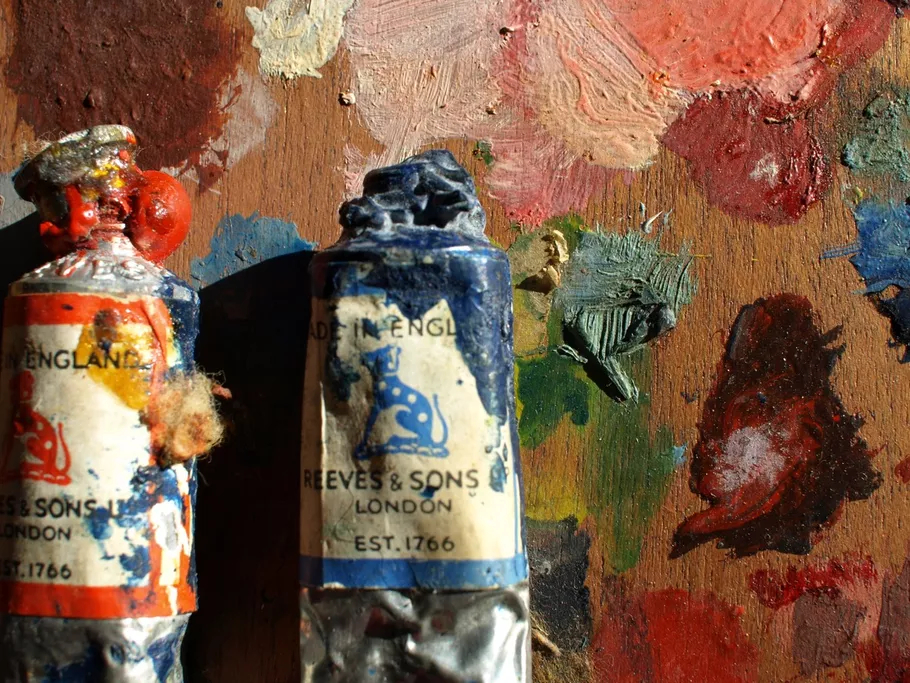
Experimenting with Layering and Glazing
One of the fascinating aspects of oil painting is the ability to build up layers, known as ‘glazing,’ to achieve an incredible depth of color and luminosity. Mastering this technique can truly bring your artwork to life.
The Art of Layering
Start with a thin underpainting, usually in a monochrome color scheme, to establish your composition’s values and shapes. As the paint dries, gradually add layers of transparent or semi-transparent oil paint. This technique allows for subtle color shifts and a rich, complex final image. Patience is critical, as each layer must dry sufficiently before applying the next to prevent cracking.
Glazing for Depth
Glazing involves applying a transparent layer of paint over a dry layer to modify its tone and color. Use a clean, soft brush and a small amount of medium to keep your glazes thin. This method can create the illusion of glowing light or give the impression of depth in shadows. Through glazing, even the simplest of paintings can gain a professional and refined appearance.
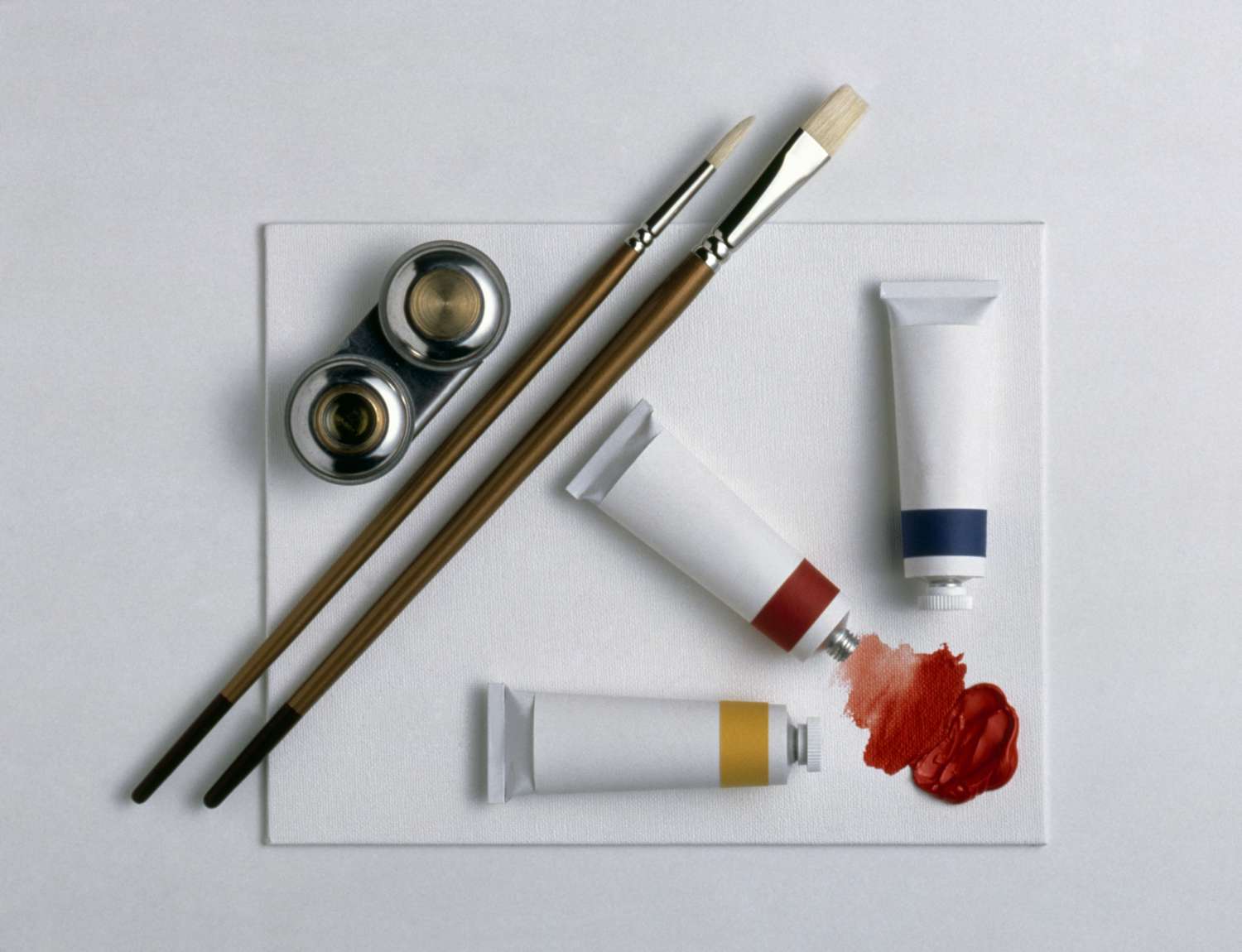
Expressing Creativity with Impasto and Palette Knife Techniques
For artists who love texture and movement in their paintings, the impasto technique is a dynamic way to express creativity. This approach, along with the use of palette knives, can add exciting physical dimension to your work.
Embracing Texture with Impasto
Impasto is a technique where paint is applied thickly, leaving visible brush or palette knife marks. This can add a tactile quality to your work, as well as enhancing the play of light and shadow on the surface. When using impasto, it’s best to use a stiffer brush or a palette knife to apply your oil paints generously.
Using Palette Knives for Bold Effects
Palette knives aren’t just for mixing paint; they can also be a powerful tool for applying it. With a palette knife, you can create bold sweeps of color, sharp lines, and a variety of textures that aren’t possible with a brush. Practice with different knife shapes and sizes to see the myriad of effects you can achieve.
Embrace the Journey of Oil Painting
Oil painting is a process of exploration and expression. As a beginner, the most important thing is to embrace the learning process and allow yourself to make mistakes. Use these tips and tricks as a starting point, and don’t hesitate to seek inspiration from the works of established artists. Remember, every master was once a beginner. With practice and perseverance, you too can develop your skills and create oil paintings that reflect your vision and creativity.